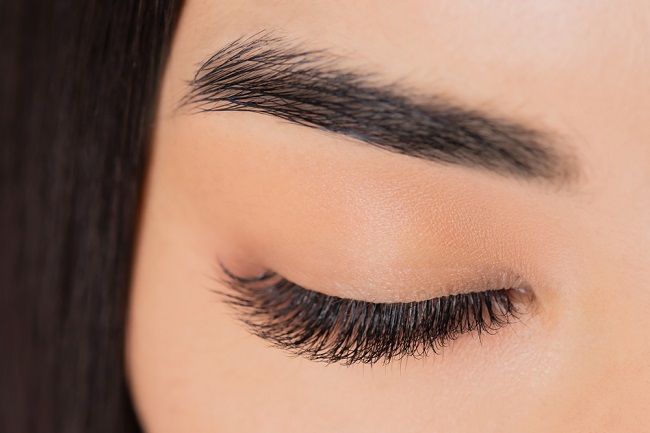Otosclerosis is a condition when there is abnormal bone growth in the middle ear. Otosclerosis is most common in women aged 15–30 years. This condition can cause hearing loss, ranging from mild to severe.
The middle ear is the area behind the eardrum. In this section, there are small bones called malleus, incus, and stapes. When sound waves vibrate the eardrum, these bones will also vibrate and transmit sound to the inner ear so that sound can be heard.

If you have otosclerosis, abnormal bone growth occurs which causes these bones to not vibrate properly. As a result, sound waves cannot reach the inner ear, resulting in hearing loss.
Symptoms of Otosclerosis
The following are some of the symptoms of otosclerosis that may occur:
- Hearing loss that gets worse over time
- It's hard to hear low voices and whispers
- Tend to speak in a low voice, because one's own voice is loud
- Tend to be easier to hear when the atmosphere around is noisy
- Frequent ringing in the ears (tinnitus)
- Dizzy
Causes of Otosclerosis
Until now the cause of otosclerosis is not known with certainty. However, there are several risk factors that can increase the likelihood of developing otosclerosis, including:
1. Hereditary factors
Hereditary factors are one of the most common causes of otosclerosis. This condition may occur due to genetic disorders that are inherited from parents.
2. Gender
In fact, both men and women can develop otosclerosis. However, women have a higher risk of suffering from this condition, especially during pregnancy. Pregnancy is not actually a cause of otosclerosis, but pregnant women who experience this condition tend to experience more severe symptoms.
3. Certain health problems
Having certain health problems can also increase your risk of developing otosclerosis. A history of measles infection and immune system disorders are known to increase the risk of developing otosclerosis.
Otosclerosis Treatment
If you experience the symptoms of otosclerosis as above, especially difficulty hearing, immediately schedule an appointment with an ENT doctor. The doctor will examine your ear, test your hearing ability, and review your medical history and that of your family.
If needed, your doctor may also recommend that you perform a series of imaging tests, such as an X-ray or CT scan, to get a better view of the inside of your ear.
If you have mild otosclerosis, your doctor may only ask you for regular consultations as scheduled. The goal is for your doctor to monitor your otosclerosis and test your hearing regularly. If deemed necessary, hearing aids will be prescribed.
In cases of otosclerosis that causes severe hearing loss, your doctor may recommend that you undergo stapedectomy surgery.
The surgery aims to remove the stapes bone, then replace it with an artificial stapes bone. This allows sound waves to return to the inner ear, so you can hear better.
Even though it only affects very small bones, otosclerosis can cause very bothersome symptoms for some people. Therefore, this condition should get treatment from a doctor.
Symptoms of otosclerosis tend to be similar to the symptoms of other hearing loss. If you still have questions about otosclerosis or think you have a hearing loss, don't hesitate to consult a doctor to get the right treatment.









